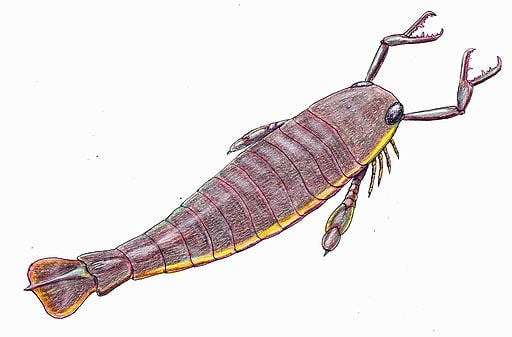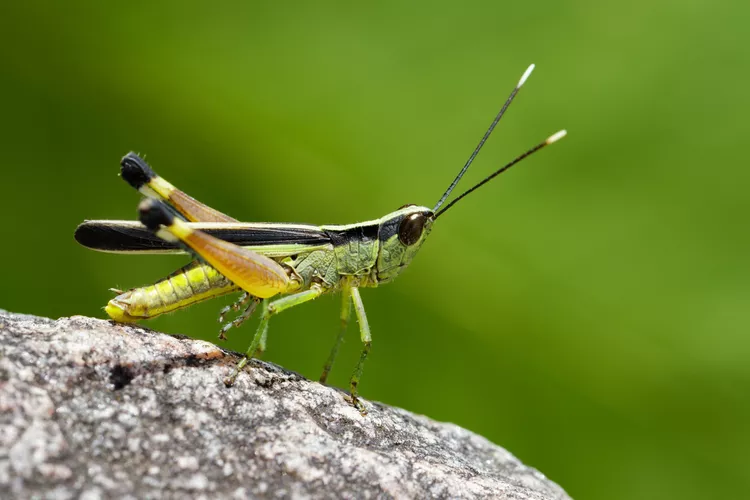About Extinct Insects
Insects represent the most diverse group of organisms on Earth, yet many species have disappeared throughout history. These small but ecologically vital creatures have faced extinction due to climate shifts, habitat loss, and human activities. Their disappearance often has ripple effects throughout entire ecosystems.
Prehistoric insects included some truly gigantic species that thrived when Earth's atmosphere contained more oxygen. More recent extinctions frequently result from pesticide use, invasive species, and pollution. Many insect extinctions go unnoticed due to their small size.
The insect species featured here represent both ancient giants and more recent losses. Their stories highlight the vulnerability of even the most numerous and adaptable creatures when faced with environmental changes.
Supersized Scorpion

The Jaekelopterus rhenaniae, a sea scorpion that lived 390 million years ago, reached lengths of 8 feet - the largest arthropod ever discovered.This apex predator of Devonian seas used its massive pincers to capture fish and other prey.
Rocky Mountain Locust

The Rocky Mountain locust (Melanoplus spretus) formed swarms that could darken skies for days across western North America. In 1875, a swarmestimated at 12.5 trillion insects covered 198,000 square miles.